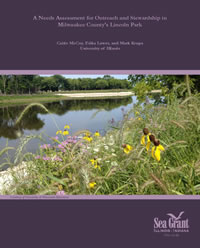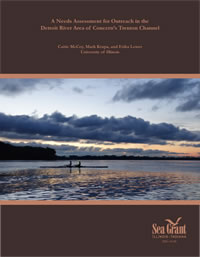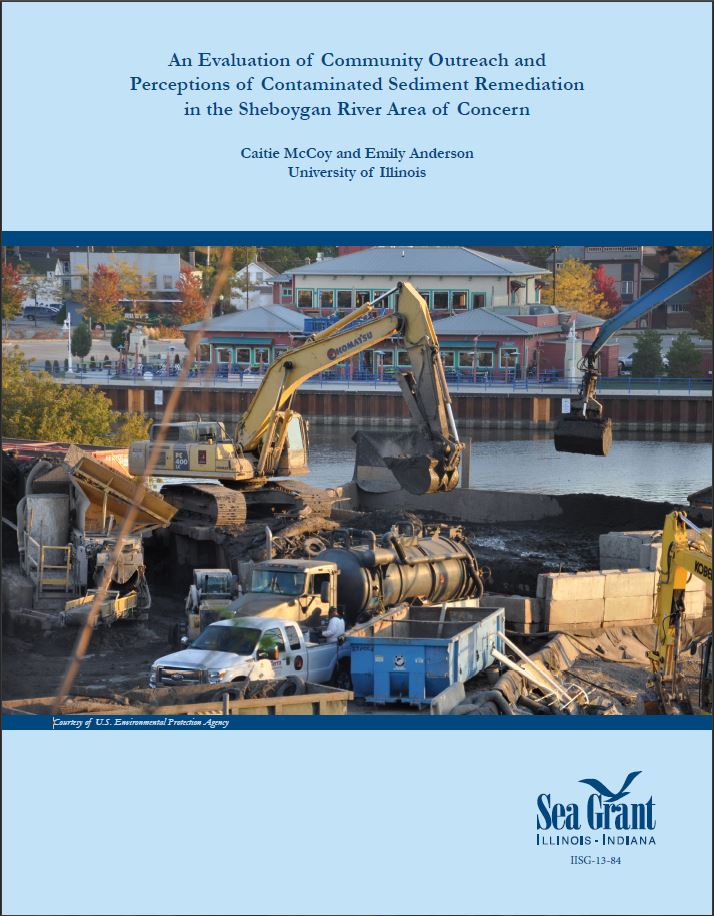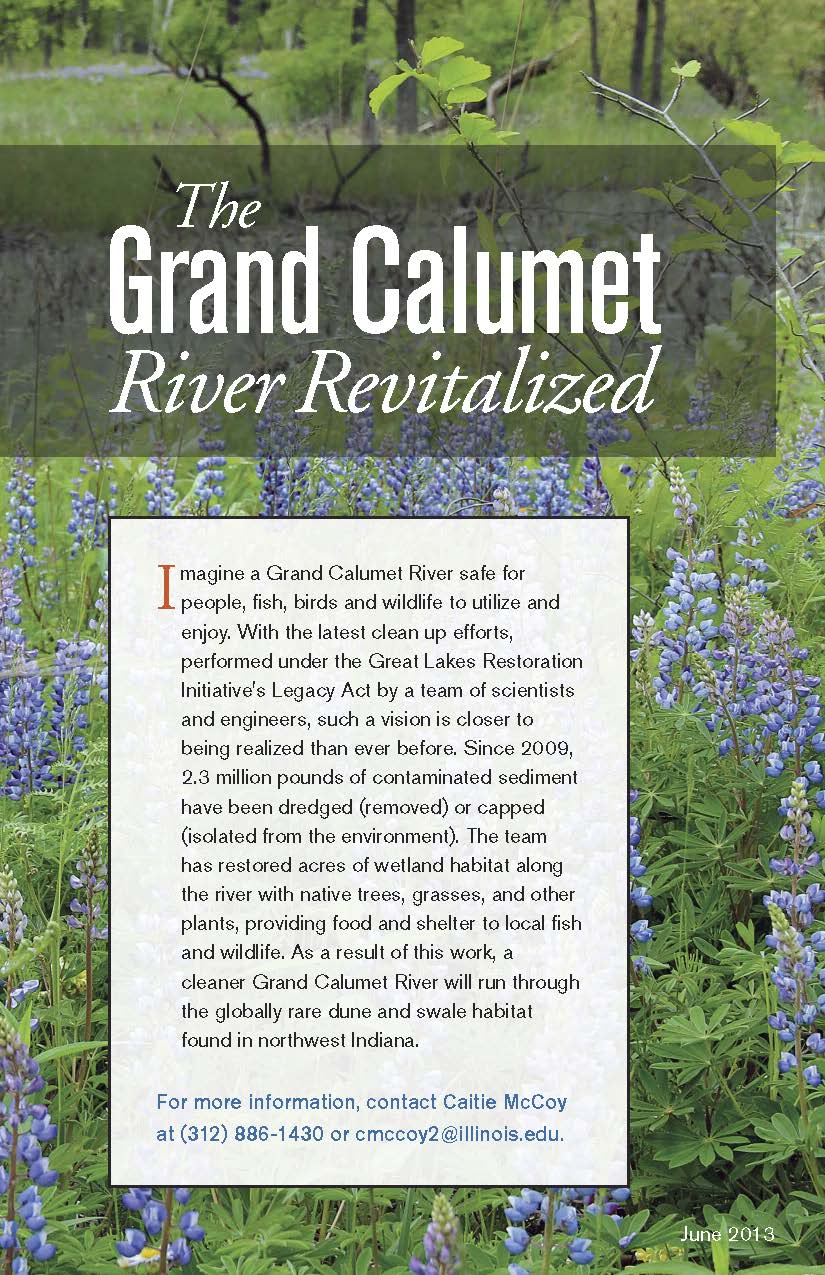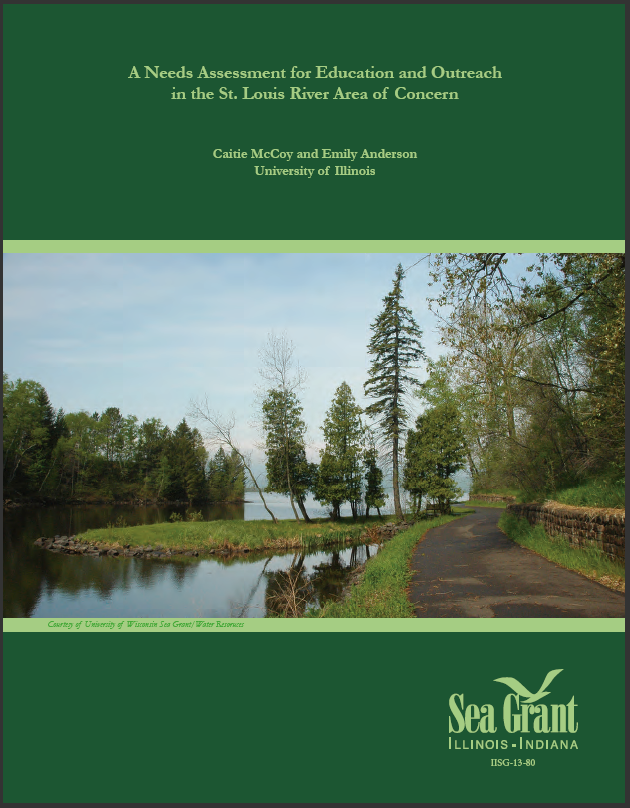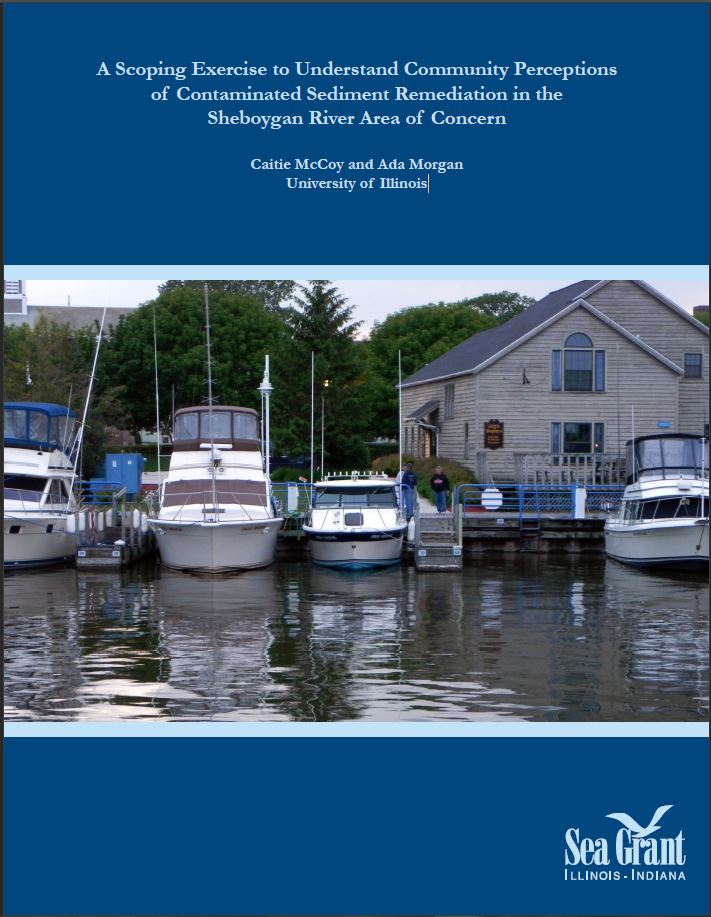
File Type: pdf
File Size: 1.84 MB
This report serves as a scoping exercise to document a qualitative analysis of community members’ views on sediment remediation in an Area of Concern (AOC). Currently, few studies of qualitative analyses on remediation projects in AOCs exist. A qualitative analysis highlights and provides an in-depth, detailed picture of how a cleanup is perceived by those who are most affected by it. This qualitative study was conducted in the Sheboygan River AOC in Wisconsin. Data were collected in interview sessions with eleven community members representing different stakeholder groups and analyzed using a coding scheme derived from interview transcriptions. The analysis revealed five key findings: 1) The Sheboygan River was viewed as an asset but has a negative stigma, 2) Depth was the primary concern of the interviewees regarding Sheboygan River, 3) Interviewees believed remediation will result in economic revitalization, 4) The interviewees were mixed in their regard to fish advisories and as to how the remediation will impact fish populations, and 5) Quality of life and aesthetic value were also viewed as potential improvements resulting from the remediation, but the connections were weakly or indirectly made. The findings provided recommendations for gaining support for a cleanup from local stakeholders. Furthermore, the findings encouraged better education to the public on the relationship between the cleanup and fish health. Lastly, suggestions were made for future study design and implementation.
Download File



